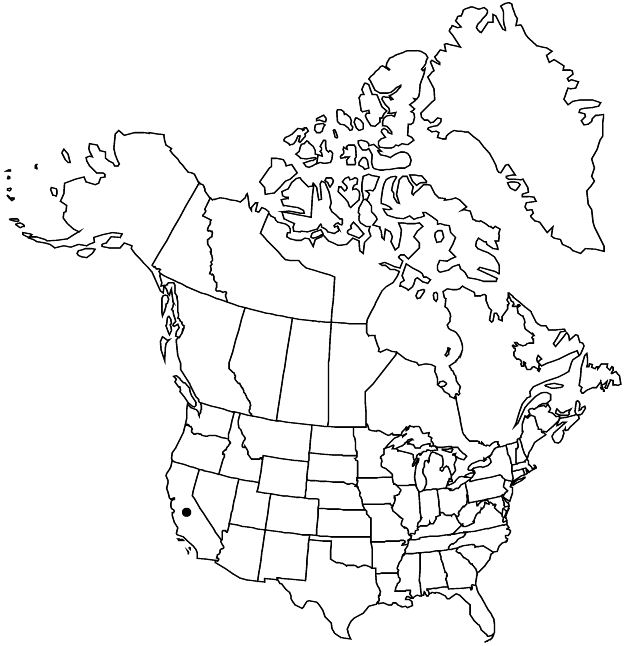Dirca occidentalis
Proc. Amer. Acad. Arts 8: 631. 1878.
Shrubs to 2 m; branches turning dark brown to red brown, sericeous. Leaves: petiole 3–6 mm, sericeous; blade obovate to broadly ovate, 2–7 × 1–3.5 cm, base rounded, margins ciliate with 6–9 cilia per mm, apex rounded, surfaces sericeous. Inflorescences fasciculate, nodding, (1–)3(–6)-flowered, flowers sessile or subsessile; bracts obovate-oblong, finely white-tan tomentose. Pedicels 0–1 mm, glabrous. Flowers: calyx clear yellow, distinctly (3–)4-lobed, lobes 1–3 mm, margins entire; ovary glabrous. Drupes yellow-green, ovoid, 8–10 mm, glabrous. 2n = 36.
Phenology: Flowering winter (Nov–Mar); fruiting late spring–summer (May–Jun).
Habitat: Moist slopes in woods
Elevation: 50–300 m
Distribution

Calif.
Discussion
Dirca occidentalis has been found in only six counties in the San Francisco Bay area. The plants prefer north- and northeast-facing slopes and appear to rely on fog for moisture. Leaves are parasitized by an unknown miner.